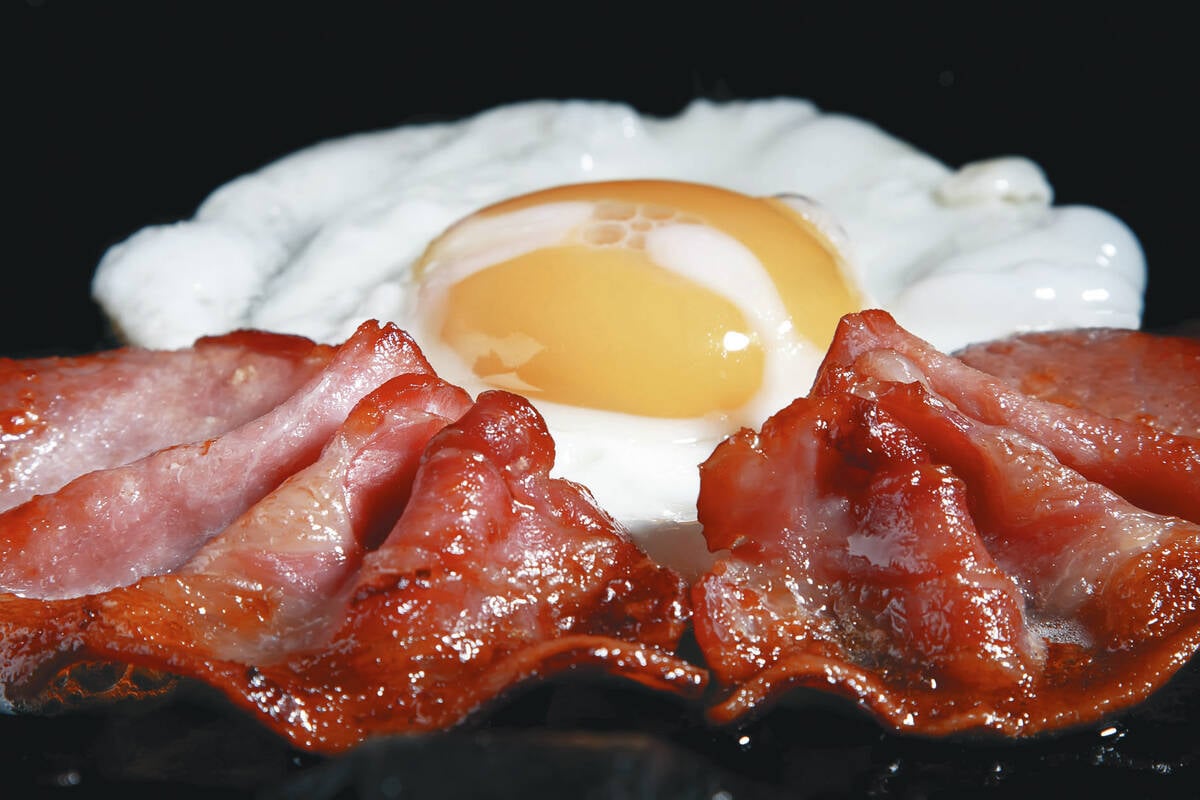The Supreme Court of Canada recently told taxpayers to get used to GAAR.
While it sounds like the noise of frustration you might make when a much-needed piece of equipment fails, GAAR stands for the general anti-avoidance rule found in subsection 245(2) of the Income Tax Act.
It has spawned its share of frustrations for Canadian taxpayers who have considered or tried more aggressive tax avoidance schemes.
GAAR arose because the Canada Revenue Agency noticed that some taxpayers were using tax avoidance schemes it considered too clever by half.
Read Also

Lab-made food unlikely to win over shoppers
The future of food will not be defined by lab breakthroughs alone. Success will hinge on taste, transparency, affordability and respect for tradition.
Such schemes, in fact, met the letter of tax law, allowing taxpayers to avoid paying taxes on certain transactions. But from the agency’s point of view, this wasn’t right and it asked the finance department to add a new rule to the Income Tax Act.
Legislated in 1988, the rule said taxpayers must not only meet the letter of the law, but also meet the intent of the law. Under GAAR, if a transaction is classified as an “avoidance transaction,” the act will deny any tax benefit resulting from the transaction.
GAAR is sort of a last resort catchall that gives CRA a lot of latitude to interpret taxpayer actions and reassess them accordingly where it sees tax abuse.
Since its introduction, 24 GAAR cases have ended up in the courts. In October 2005, the Supreme Court of Canada decided for the first time on two GAAR appeals, with mixed success for the appellants. In the first case, Canada Trustco Mortgage Co. v. Canada, which the government appealed, the court ruled in favour of the taxpayer and found that GAAR did not apply. In the second case, Mathew v. Canada, which the taxpayer appealed, the court agreed with the lower courts’ decisions and found that that GAAR applied on the basis that the scheme resulted in “abusive tax avoidance.”
The first and most important implication is that GAAR is real and CRA has the right to make GAAR the grounds for reassessment even when conditions under the rest of the tax act are met.
The next implication related to who had to prove whether CRA’s GAAR decisions were right. According to CRA, the onus was on the taxpayer to prove whether the revenue agency’s interpretation was right.
With the wisdom of Solomon, the Supreme Court split the advantage between taxpayers and CRA.
The court in its decision analysis gave the lower courts, and presumably the tax agency and taxpayers, guidance on the future application of GAAR by establishing three requirement tests.
According to the court, the first two tests are fact-based. To paraphrase, they are:
- There must be a tax benefit from the transaction.
- The tax benefit was the only benefit from the transaction. In other words, there was no purpose to the transaction other than tax avoidance.
Under these two tests, the Supreme Court found that the onus is on the taxpayer to prove the case for non-applicability of GAAR.
The third and last test is interpretive.
- Allowing the tax benefit would be inconsistent with the object, spirit or purpose of the act and is therefore clearly abusive.
In legal terms, this is described as a misuse of specific rules or abuse of the act as a whole. In this situation, the court found that it is up to CRA, and not the taxpayer, to prove the transaction is abusive. The court stated that in order for GAAR to apply, the abusive nature of the transaction must be clear. Otherwise, “the benefit of doubt goes to the taxpayer.”
As a result of these two long-awaited decisions, it’s clear that the application of GAAR continues to evolve and that CRA is likely to invoke GAAR with more frequency in the future. Taxpayers and their advisers would be wise to remember the above points when considering any kind of tax planning or avoidance strategies.
Larry Roche is a tax analyst with farm taxation and planning specialists Farm Business Consultants Inc. He can be contacted at fbc@fbc.ca or call 800-860-7011.














